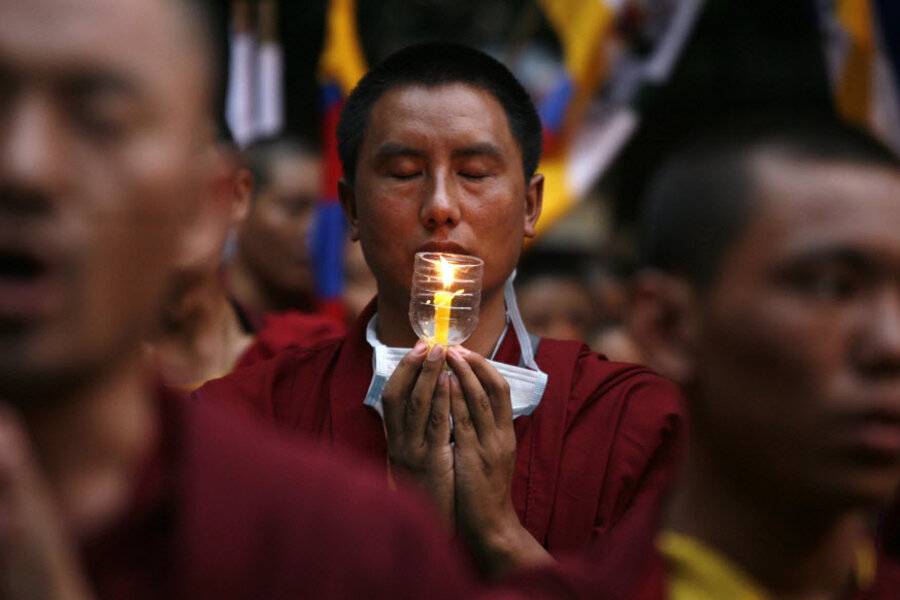Oregon town angers China with controversial mural
Loading...
| Portland, Ore.
A vivid mural in an Oregon town that depicts a Tibetan monk's immolation and promotes independence for Taiwan has created a dust-up with China, whose consular officials have asked the city to take "effective measures" to stop such advocacy.
The mayor of the town of Corvallis, where a Taiwanese-American businessman installed the downtown mural to express his political views, responded by telling consular officials free speech laws barred the town from taking any action.
The status of Taiwan and the human rights situation in Tibet is a contentious political issue for China, which considers Taiwan a breakaway province to be eventually unified with the mainland.
Tensions over Tibet are at their highest in years after a spate of protests over Chinese rule and self-immolations by Tibetan activists, which have prompted a Chinese security crackdown.
"There is only one China in the world, and both Tibet and Taiwan are parts of China. It is a fact recognized by the U.S. and most other countries in the world," read an Aug. 8 letter to Corvallis city leaders from China's Consulate in San Francisco.
"To avoid our precious friendship from being tainted by so-called 'Tibet Independence' and 'Taiwan Independence,' we sincerely hope you can understand our concerns and adopt effective measures to stop the activities advocating 'Tibet Independence' and 'Taiwan Independence' in Corvallis," it added.
The brightly colored mural, painted last month, runs 100 feet long and about 10 feet high along the top of a building at a busy intersection owned by businessman David Lin, who came to America from Taiwan in the 1970s.
The mural shows the immolation of a Tibetan monk against a bright yellow background and depicts a Tibetan monk being beaten by Chinese police, in addition to what the Corvallis Gazette-Times described as "images of Taiwan as a bulwark of freedom."
Lin, 65, told Reuters he had long been concerned about China's role in Taiwan and Tibet, and commissioned the mural because: "I feel that somebody has to stand up and do something."
A city official said Lin had indicated he had no intention of taking down the mural, and municipal leaders said they had informed the consular officials that there was no room for the city government to get involved in such a matter.
"I responded to them that I was sorry to learn the art work caused concern," Corvallis Mayor Julie Manning said, adding that she told Chinese officials in a written response that the U.S. Constitution guarantees freedom of speech, "and this includes freedom of artistic expression."
The Chinese consulate then sent representatives to Corvallis to express concern in person on Sept. 4. Vice Consul Zhang Hao and Deputy Consul General Song Ruan met with Manning and City Manager Jim Patterson. That meeting did not include any demands.
Corvallis, about 80 miles south of Portland, has a population of about 54,500 people. It is home to Oregon State University, which Patterson said has an estimated 1,600 Chinese students.
The Chinese consulate in San Francisco did not respond to an email request for comment and could not be reached by phone.
Editing By Cynthia Johnston.







